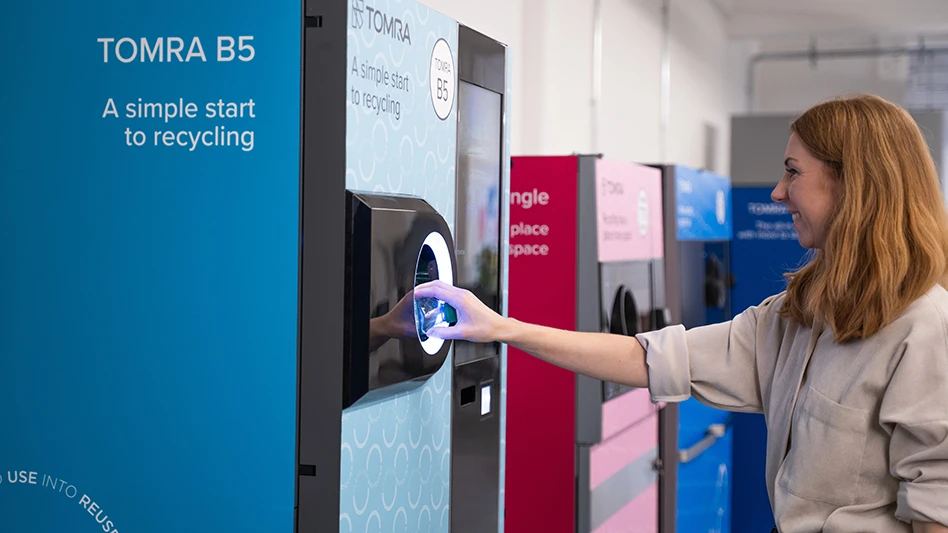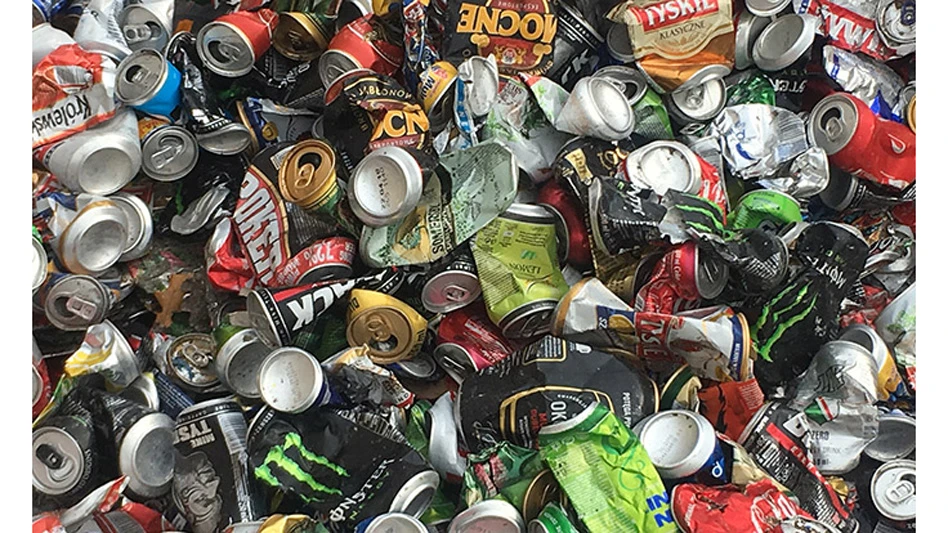
Mircea Bezergheanu | Dreamstime.com
A coalition consisting of 30 nonprofit environmental and health advocacy organizations has written an open letter urging governments, standard-setting bodies and corporate steel buyers to reject proposals that would allow coal-based steel to be marketed as a low- or zero-emissions product.
The signatories say the practice could mislead buyers, weaken climate accountability and undermine market incentives needed to drive genuine decarbonization in the steel sector.
The letter points to a system the authors say is being promoted by the Japan Iron and Steel Federation (JISF) and Nippon Steel Corp. to adopt a “mass balance” accounting system allowing steelmakers to assign emissions reductions from one part of their operations to potentially unrelated steel products.
“This could enable high-emitting coal-based steel to be sold as if it were low emissions, or even zero emissions, and even get access to a green premium,” the critics say in an early June news release.
Organizations that signed the letter, which include Beyond Fossil Fuels, the Environmental Coalition on Standards, the Fair Steel Coalition, Industrial Labs, Mighty Earth and Steel Watch, say proposals to legitimize the mass balance calculus are under consideration in ongoing revisions to global climate and product standards.
The organizations say several of them have been replying to a consultation on Chain of Custody Guidelines being formulated by the Brussels-based World Steel Association, while the London-based Science-Based Targets initiative (SBTi) recently closed its public consultation covering Scope 3 emissions.
The signatories are calling for "clear safeguards to ensure that these frameworks do not allow misleading low emissions claims to pass as credible product-level decarbonization," adding that the SBTi, Greenhouse Gas Protocol, International Standards Organization (ISO) and World Steel Association should reject "fake low-emissions steel from inclusion in pending revisions to their standards and hold firm against efforts to equate pooled emissions reductions with physical product data in life cycle assessments.”
At the Bureau of International Recycling (BIR) convention last October in Singapore, a Ferrous Division meeting focused on differences in the competing ResponsibleSteel and Global Steel Climate Council “green” steel certification standards.
Now, the authors of the June letter say changes promoted by Nippon Steel and a Japanese steel association could muddy the waters further.
Just one week earlier, however, Nippon Steel seemed to move toward recycled-content steelmaking by announcing it was accepting considerable Japanese government funding to invest in an additional 2.9 million tons per year of recycled-content electric arc furnace (EAF) steelmaking.
In the meantime, the organizations skeptical of the “mass balance” approach say 90 percent of emissions in the steel sector originate from coal-based production, and “decarbonizing the ironmaking stage is critical.”
The groups say steel producers installing hydrogen-powered direct-reduced iron (DRI) “face higher costs and risks.” To reward their efforts, the letter’s authors call for “robust market mechanisms such as green premiums, that clearly distinguish this genuinely low-emissions steel from ‘greenwashed’ steel.”
“What’s being proposed isn’t a legitimate accounting method, it’s greenwashing, plain and simple,” says Caroline Ashley, executive director of the Netherlands-based SteelWatch. “If regulators allow high-emissions coal-based steel to be sold as green steel just because some virtual savings are recorded on paper, they will undermine their own climate targets and discredit the markets they are trying to shape.”
Latest from Recycling Today
- ReMA urges open intra-North American scrap trade
- Axium awarded by regional organization
- China to introduce steel export quotas
- Thyssenkrupp idles capacity in Europe
- Phoenix Technologies closes Ohio rPET facility
- EPA selects 2 governments in Pennsylvania to receive recycling, waste grants
- NWRA Florida Chapter announces 2025 Legislative Champion Awards
- Goldman Sachs Research: Copper prices to decline in 2026





